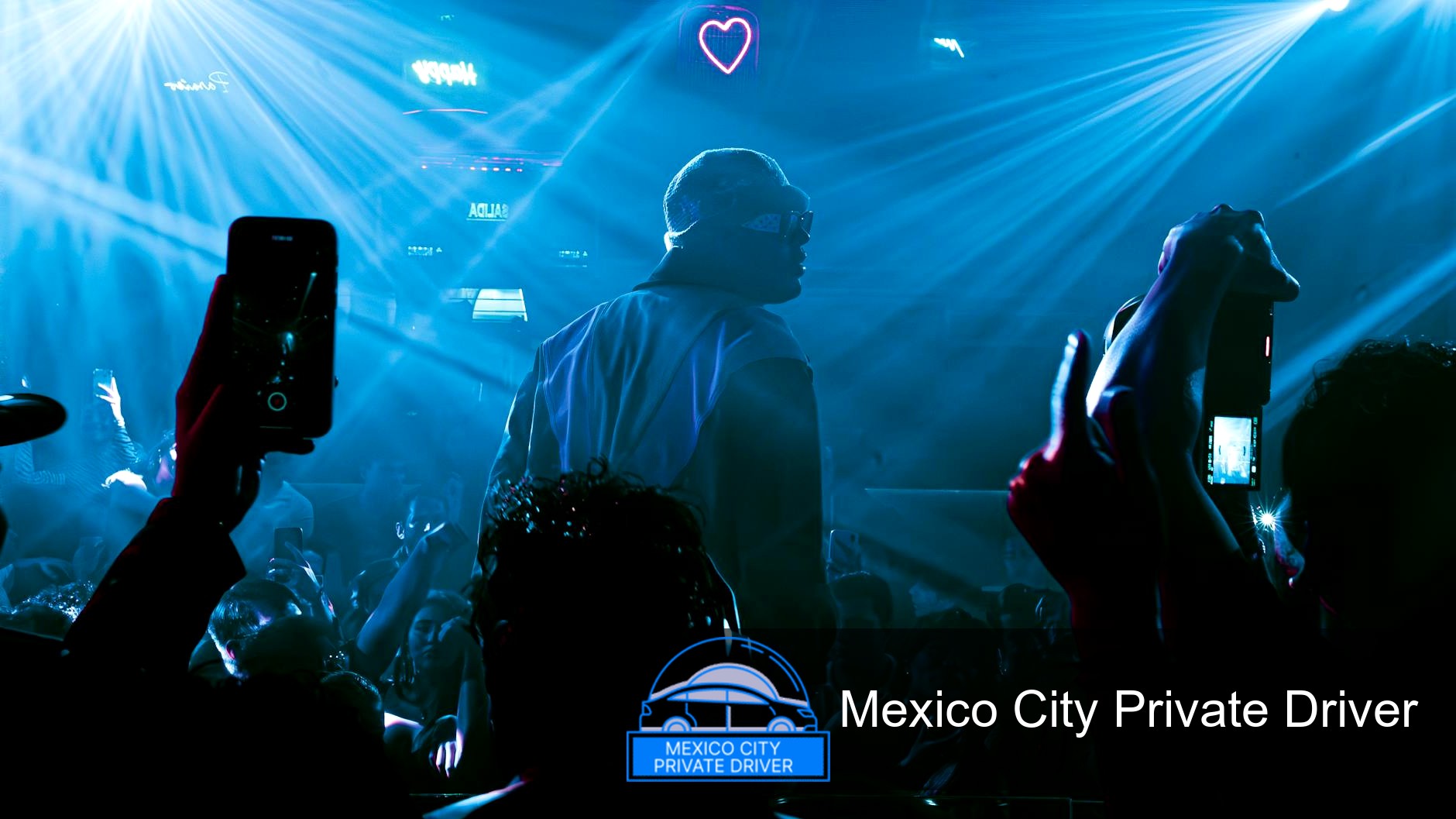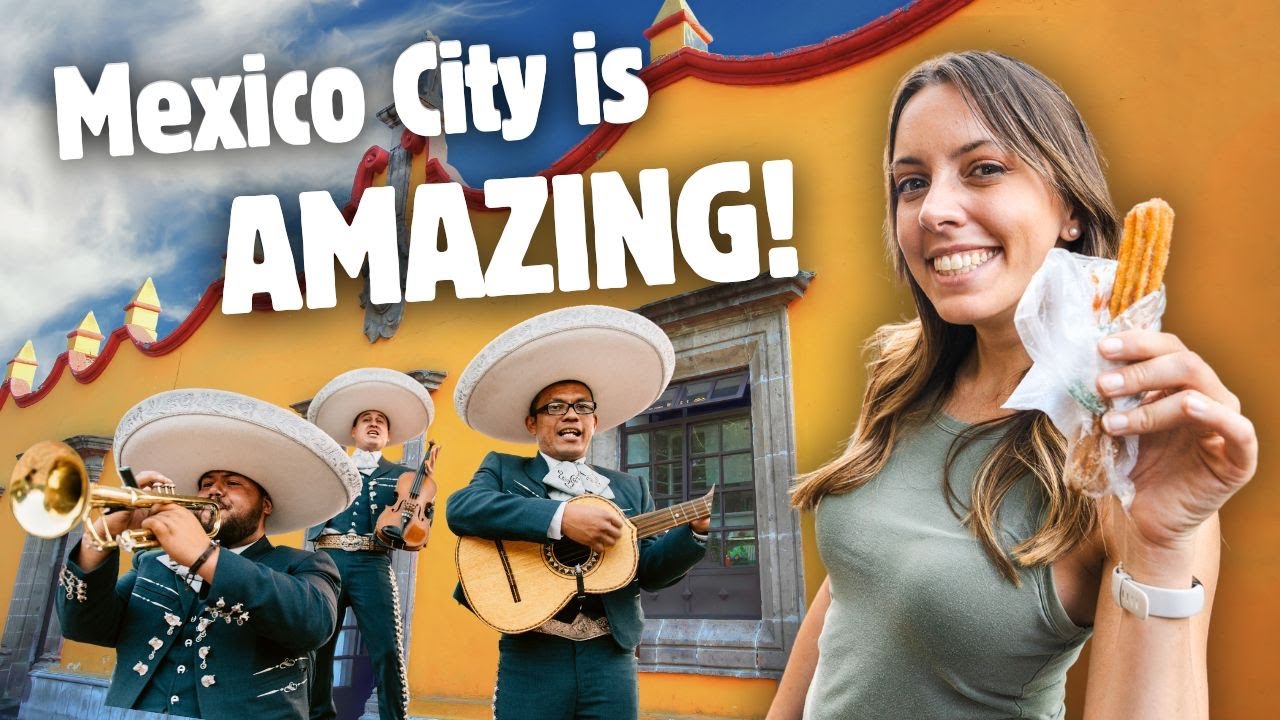TL;DR Auditorio Nacional is Mexico City’s flagship performance hall — a 1952-built, 1991-renovated, roughly 9,000–10,000-seat venue on Paseo de la Reforma that hosts everything from stadium-scale pop shows to symphony concerts. I’ve attended multiple events there and in this guide I share what to expect in 2025: where to buy tickets, how to get there, seating and acoustics, nearby bars and hotels, accessibility tips, and my best insider advice so you’ll enjoy the show without surprises (sources: Mexico City government venue page, Auditorio history and remodel reports, press and reviews).
Auditorio Nacional Mexico City: Your Complete Guide to Events and Experiences in 2025
I remember my first concert at the Auditorio Nacional like it was yesterday — the lights, the scale of the room, and that feeling of being part of a crowd that knows how to celebrate live music. Since then I’ve returned for classical series, pop tours and one-off festivals. Over the years the building’s history, acoustics and architecture have stood out to me: it’s not just big, it’s built and tuned to hold big moments.
Why the Auditorio Nacional matters
The Auditorio Nacional sits on Paseo de la Reforma opposite Chapultepec and has been central to Mexico’s cultural life since its inauguration in the early 1950s. Originally constructed in 1952 and used for varied events — from equestrian displays to Olympic fixtures — it evolved into the country’s premier performance space (source: Mexico City government venue page; Wikipedia history).
What makes it stand out:
- Scale: The house holds roughly 9,300–10,000 seats depending on how capacity is reported — large enough to attract major international acts but not so massive that sightlines are lost (sources: Mexico City venue page; Wikipedia).
- Stage and technical capabilities: The stage dimensions and technical systems allow large productions; the auditorium was reconfigured for modern performances during a major remodel completed around 1991 (sources: Fisher Dachs Associates; Wikipedia).
- Architecture and presence: Remodeled by high-profile Mexican architects, the building’s postmodern / brutalist character is unmistakable — and recent interventions (like a glossy bar by Esrawe) have refreshed its public spaces (sources: ArchDaily; Dezeen).
- Reputation: Critics, promoters and touring managers regularly list the Auditorio among Mexico’s — and the world’s — most important performance venues (source: press coverage and venue profiles).
What you can expect to see in 2025
The program is eclectic: in my experience the Auditorio’s calendar mixes international pop and rock tours, major Latin stars, Broadway and touring theatre, classical concerts, dance and industry events. Reviews and venue listings over the years show everyone from Marc Anthony and Alejandro Fernández to Metallica and Michael Bublé on that stage, which tells you the scale and variety promoters aim for (source: AFAR / venue reviews).
In 2025 you should expect:
- Large touring productions and residencies — international and Latin-American headliners.
- Seasonal classical and orchestral series — occasionally with guest orchestras or soloists.
- Special events: film premieres, award shows, industry events and festivals when the city calendar is full.
Inside the venue: seating, sightlines and sound
The 1991 reconfiguration focused on improving sightlines and acoustics. Seating was reduced from much larger earlier counts to the current configuration to favor sightlines and sound fidelity — something I noticed instantly when I sat in different zones (source: Fisher Dachs Associates; Wikipedia remodel notes).
Technical and acoustic highlights:
- Acoustics were handled by established consultants during the remodel, and the house is frequently praised for its clarity in both amplified and orchestral settings (source: Fisher Dachs Associates / Jaffe Holden involvement).
- The stage is large and deep — productions with big rigs and sets are common. If you’re attending a theatrical or opera night, expect full production values (source: Mexico City government venue page).
- Public spaces have been gradually refreshed; small bars and lounges (including a polished bar by Esrawe) add to the pre- and post-show experience (source: Dezeen / ArchDaily).
| Era | Opened / Renovated | Capacity (approx.) | Stage & Use | Notes |
|---|---|---|---|---|
| Original (1952) | Opened 1952 | Large (13,000 reported in some historic notes) | Sporting events, equestrian shows, early cultural programming | Built around mid-century multi-use arena concept (source: Mexico City government page) |
| Post-remodel (1991) | Remodel completed ~1991 | Reduced to ~9,300–10,000 | Modernized stage, improved sightlines and technical systems | Major remodel with international consultants (source: Fisher Dachs Associates) |
| Today (2025) | Maintained, updated public spaces | ~9,366–10,000 (varies by configuration) | Concerts, theatre, dance, film and festivals; high-profile touring acts | Active programming, refreshed bars and amenities (sources: Auditorio site, press) |
Tickets, pricing and buying strategies
From my experience and watching how scheduling works here, tickets sell fast for international headliners and big local stars. Here are practical tactics I rely on:
- Buy from the official box office or the venue’s official website (auditorio.com.mx) when possible to avoid inflated resale prices (source: official venue listings).
- Sign up for artist and promoter presales. I’ve saved money and gotten better seats by joining mailing lists or presale clubs.
- Compare price bands: platea/orchestra stalls are best for sightlines; balcony / lateral seats can work for pop shows if you prefer budget options.
- Check the venue’s social channels and local ticket partners for last-minute releases or partial-view discounts — these sometimes appear a few days before the event.
- Beware of unofficial resale sites with inflated prices — if you must buy resale, use platforms with buyer protection and verify the ticket transfer process works for the Auditorio.
Practical Guide
Below are concrete steps I follow before, during and after attending an event at the Auditorio Nacional. Use this as a checklist for 2025 shows.
-
Before you buy:
- Confirm the event type (concert vs theatre) and stage configuration — some productions alter seating maps.
- Visit the Auditorio’s official events page or trusted local ticket outlets to verify date, time and door policy (source: Auditorio official information).
-
Purchase & paperwork:
- Buy via the official site or box office. Keep digital and printed copies of tickets and your ID ready.
- If buying resale, confirm transfer method and venue acceptance in advance.
-
Getting there:
- Use public transit when you can — the nearby stations and the Paseo de la Reforma corridor are the most efficient options. The venue’s central location makes taxis and ride-hailing practical too (source: Wikipedia coordinates / Mexico City listings).
- Allow extra time for traffic on event nights if you’re arriving by car.
-
Arrival & entry:
- Arrive at least 45–60 minutes before showtime for security checks and to find your seat comfortably.
- Expect bag checks and standard security — pack light and avoid prohibited items listed by the venue. If you need special accommodations, contact the venue ahead of time.
-
During the event:
- Use the ushers and venue maps to locate restrooms and bars. For classical concerts the house lights and etiquette differ from large pop shows — check the event notes.
- If accessibility or hearing assistance is required, confirm availability with the venue before your visit.
-
After the show:
- Expect busy exits; wait a little for the crowd to thin before heading for the street.
- If you’re dining or staying nearby, reserve ahead on event nights — I’ve seen local restaurants fully booked after big concerts.
Getting there and logistics
Location-wise, the Auditorio sits on Paseo de la Reforma facing Chapultepec and is surrounded by hotels and restaurants. Public transit stops and ride-hailing zones make arrival straightforward. If you plan to park, research nearby garages and allow extra time for event traffic. The venue’s online information and public transport maps are good resources (source: official venue and mapping data).
Where to eat & drink nearby
I often build my evening around a pre-show dinner in Polanco or Chapultepec. The Auditorio itself has refreshed concessions and a glossy bar designed by Esrawe tucked under a grand staircase — a nice place for a quick drink before a show (sources: Esrawe project coverage; Dezeen / ArchDaily).
My dining routine:
- Early dinner in Polanco or the Reforma corridor (book ahead on concert nights).
- Arrive early to enjoy the Auditorio’s bars and lounges if you want a relaxed pre-show atmosphere.
Insider tips for different event types
Not all shows are the same. I adopt slightly different approaches depending on whether I’m seeing pop, classical or theatre:
- Pop & rock: If you want energy, lower-level central seats are best. Expect dynamic lighting and loud sound; earplugs are worth considering for close seats.
- Classical & orchestral: Choose central seating on the main floor for balanced acoustics; arrive early for program notes and pre-concert activities.
- Theatre / dance: Check the run-time and intermission policy — some productions have strict late-entry rules.
Sustainability, accessibility and what I’m still confirming
The Auditorio has undergone major renovations and incremental updates; its public areas and technical systems reflect continuing investments. The 1991 remodel included acoustic and seating improvements, and recent design interventions improved hospitality spaces (sources: Fisher Dachs Associates; press coverage). That said, specific sustainability certifications or the exact contemporary accessibility services available in 2025 (for instance hearing loop systems or mobility equipment stock) can vary by production and season — I recommend confirming with the venue directly before your visit. If you want, I can contact the venue or check the latest official notices for up-to-date accessibility services.
FAQs
How many seats does the Auditorio Nacional have?
Capacity is commonly cited between roughly 9,300 and 10,000 seats depending on configuration. Historical figures vary because the 1991 remodel reduced earlier higher counts to improve sightlines and acoustics (sources: Wikipedia; Fisher Dachs Associates; Mexico City venue page).
Where is the Auditorio Nacional located?
It’s on Paseo de la Reforma opposite Chapultepec in Mexico City, in the Polanco/Chapultepec area — a central and well-connected location (source: Wikipedia / Mexico City venue info).
What kind of events are held there?
Almost everything: major touring concerts, classical series, dance, theatre, film premieres and industry events. The program is intentionally broad to use the auditorium’s large stage and technical capacity (sources: venue listings and reviews).
How early should I arrive for a concert?
I recommend arriving 45–60 minutes before showtime. That gives you time for security checks, to visit bars or restrooms, and to find your seat without stress.
Is the Auditorio suitable for orchestral concerts?
Yes — the 1991 remodel included acoustic work and the venue hosts classical and symphonic programming alongside amplified shows. For orchestral concerts, central main-floor seating often offers the best acoustic balance (source: Fisher Dachs Associates / remodel notes).
Are there good food and drink options inside the venue?
Yes. Concessions and bars operate during events, and there’s a polished bar intervention by Esrawe Studio that improved the pre-show experience. For full dinners, nearby Polanco and Reforma restaurants are convenient (sources: Esrawe project coverage; press).
Can I bring a camera or record performances?
Recording and photography policies change by event and artist. Many concerts prohibit professional cameras and any recording; theatres and orchestral events often restrict flash photography. Check the event terms before you go.
What if I need accessibility services?
The Auditorio serves diverse audiences and has accessibility provisions, but resources and procedures can change by event. Contact the box office or the venue’s customer service in advance to confirm wheelchair locations, companion seating and any hearing assistance options.
Final thoughts
The Auditorio Nacional remains my go-to choice in Mexico City when I want a night with production scale, solid acoustics and a stamp-of-quality atmosphere. Its history — from mid-century multi-use arena to a remodeled, contemporary performance hall — shows a venue that adapts while keeping its stature. For 2025, plan ahead: buy official tickets, arrive early, and make a night of it with a pre-show meal or a drink at one of the refreshed bars. If you want, I can help check the current event schedule or look up ticket availability for a specific date or artist.
Sources I relied on while preparing this guide include the Mexico City government venue profile, the Auditorio’s historical and technical coverage (remodel briefs), architectural press about on-site interventions, and travel/review pieces documenting notable artists and visitor experiences (see official Auditorio pages, Fisher Dachs Associates project notes, ArchDaily/Dezeen coverage, and travel reviews).
Martin Weidemann is a digital transformation expert and entrepreneur with over 20 years of experience leading fintech and innovation projects. As a LinkedIn Top Voice in Digital Transformation and contributor to outlets like Forbes, he now brings that same expertise to travel and mobility in Mexico City through Mexico-City-Private-Driver.com. His focus: trustworthy service, local insights, and peace of mind for travelers.



